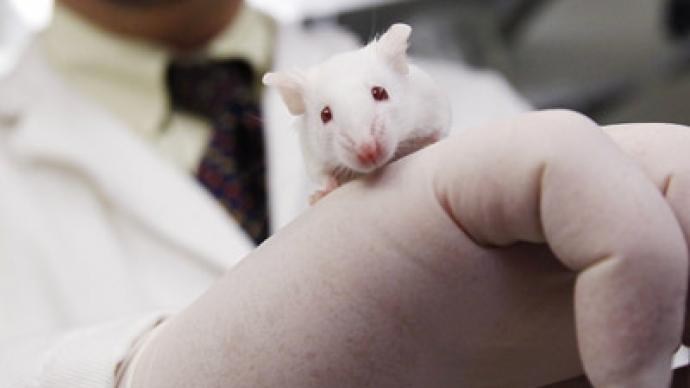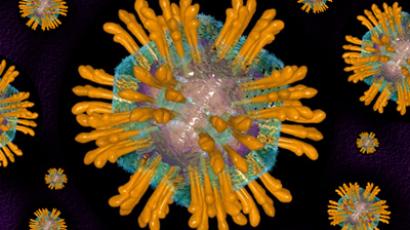Injection helps blind mice see: Humans next?

A breakthrough cure for blindness may have been reached after a study on mice showed that vision loss can be treated with a chemical injection to the eye. Experts hope that further experiments will lead to a treatment for humans.
The chemical, which temporarily restores partial vision in blind mice, was discovered by a research team at the University of California, Berkeley, in association with the University of Munich and Seattle’s University of Washington.The substance, known as acrylamide-azobenzene-quaternary ammonium (AAQ), makes cells in the retina, the light-sensitive membrane in the back of the eye, more receptive.The rodents used in the experiment had congenital mutations that made the light-sensitive cells (rods and cones) inside their eyes wither within months after birth. Injections of AAQ into their eyes briefly restored their ability to see light.This approach "offers real hope to patients with retinal degeneration," study co-author Dr. Russell Van Gelder of the University of Washington in Seattle said in a press release. "We still need to show that these compounds are safe and will work in people the way they work in mice, but these results demonstrate that this class of compound restores light sensitivity to retinas blind from genetic disease."If this new approach is successful, it could be used to treat retinitis pigmentosa, the most common inherited mode of blindness, and age-related macular degeneration, the most common cause of acquired blindness in underdeveloped nations. In both cases, the retina’s rods and cones die, rendering the eye blind from a lack of photoreceptors.The AAQ remedy only lasts for about 24 hours, but scientists are set to conduct further research with more sophisticated versions of the compound.“The advantage of this approach is that it is a simple chemical, which means that you can change the dosage, you can use it in combination with other therapies, or you can discontinue the therapy if you don't like the results,” says Richard Kramer, a professor of molecular and cell biology at the University of California, Berkeley, to the school’s newspaper. “As improved chemicals become available, you could offer them to patients. You can't do that when you surgically implant a chip or after you genetically modify somebody.”













